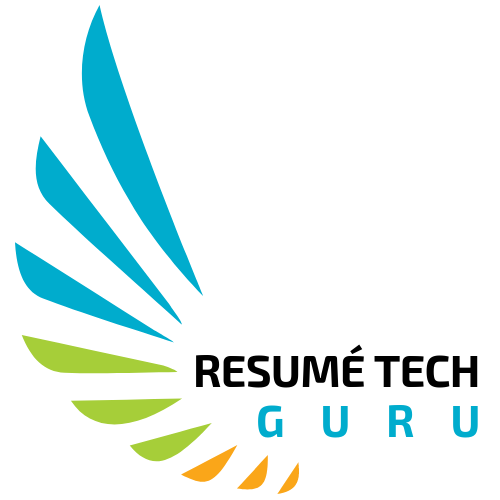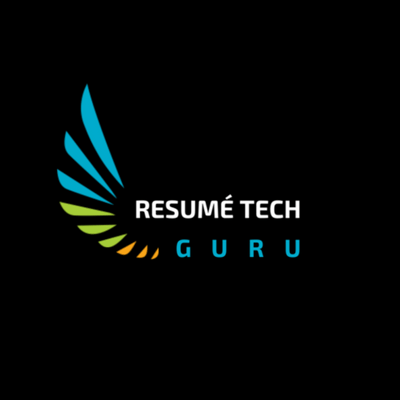During my weekly 1:1 with my former Dallas-based boss at CenturyLink, he told me, “There’s good news and bad news. The good news is that the company is reorganizing, and you will continue in your senior B2B marketing job. The bad news is you have to move from Seattle to Monroe, LA, to keep it.”
My head spun.
The irony is that my career had prepared me to have a project plan for rolling out products or solutions. Now I was applying the same principles to my next career adventure. It provides purpose and milestones while checking off items shows your progress. Wrapped up, it’s a confidence booster when all appears to be going awry, as in my case.
I kicked into gear with a career project plan to stay in Seattle. It evolved into my favorite tool for planning, an Excel spreadsheet. The header columns included contacts to call, jobs to apply for, dates of communication, and status. Since the same company had employed me for 11 years, I didn’t have an updated resume. I researched resume writers and found one who fit the bill in Seattle. After an initial phone call, a draft resume, and final edit, I was ready to share my resume with anyone who could help me. It included former bosses, colleagues, and friends. Then, I went into job application mode with follow-up. Was it easy? No. Frustrating? Yes.
The punchline is that I stayed with CenturyLink for 7 more years, moved from marketing to sales, and retired early 4 years ago with healthcare retirement insurance and a pension.
Do you have a project plan for yourself? You should before you get that call as I did.
Mentoring Cohort
Since Covid hit, I’ve been volunteering virtually as a career advocate for Dress for Success in Austin. This year I joined their 6-week 1:1 mentoring program launched last Fall. The Austin American-Statesman newspaper published a nice writeup about this program aimed at career success for women in transition.
“The program is very goal-oriented,” says Mia Johns, Dress for Success Austin executive director. She further states that when a woman completes the Path to Employment program, “she should be ready for a successful jobs search.”
So far this year, I’ve been paired with 2 women. Lorena was my 1st mentee who had been unemployed for several years and sought a government job for retirement benefits. She dropped out of the mentoring program after 3 meetings. One day out of the blue, I received an email from Lorena with the message, “I started a new job, and I cannot attend the rest of the classes.” I congratulated her. I’m still curious what the real story is; I have my suspicions.
In April, I met my 2nd mentee, the delightful Monica, currently under-employed as a director at a non-profit. She’s seeking a better compensation opportunity within the travel industry as a remote employee.
A tall order, we need a plan pronto!
The great news is that Dress for Success Austin has that project plan for my client. Guided by Volunteer Manager Candy Cantrell, we use Google Classroom, a free web service developed for schools to share files between teachers and students. It’s where the 6-week syllabus guides Monica and for this mentoring cohort. The Path to Employment project plan covers the weekly topic, homework, and checklists for our 1-hour video meetups. These are our collaboration topics:
- Meet & greet
- Goal mapping
- Building your resume & cover letter
- Marketing yourself
- Preparing for your interviews
- Mock interview & job search strategy
Monica is now at the halfway point in the Path to Employment program. She arrived with a strong resume foundation but required support for pivoting from a not-for-profit perspective towards the travel industry with the remote position twist. We conducted a lengthy review last week of her resume and LinkedIn profile to optimize her career marketing plan.
I’ve found the best way to tweak your resume and LinkedIn profile is to look at job postings. To identify keywords, you can access the Jobscan ATS tool online and take it for a spin with zero commitment. You can try a sample scan of your resume against the job you found on LinkedIn or received from an executive recruiter.
I asked Monica to provide me 3 job postings so I could run an analysis. My approach is to analyze the postings and then record the results within an Excel spreadsheet. From there, I color code the keywords that appear across all of the 3 postings. The rationale is that you’re attracted to jobs because they either use your skills, sound cool, or are career aspirational. I don’t concern myself with achieving the suggested Jobscan 80% match. I tweak resumes to include the majority, but even at 55%, you’re in the consideration set. Yet, it takes more than a “pray and spray” approach to obtaining jobs by applying online. You need to network. Uh oh, hit a nerve?
Networking Execution
In my executive practice, I have many clients who are certified Professional Management Professionals (PMPs). They apply predictive, agile, and hybrid approaches for 5 phases of the project lifecycle, including:
- Initiating
- Planning
- Executing
- Monitoring/controlling
- Closing
For my book-in-progress entitled Clicks, Tricks & Golden Handcuffs, I’ve adopted a similar approach with the 5 sections for your tech exec career roadmap. I start by establishing a career vision and then following up with the end-of-chapter exercises. Then I walk through how to plan for where you want to arrive and what you need to achieve the subsequent roles.
Networking is part of the planning as well as execution of your career project plan. For a majority of my clients, it’s one of their biggest challenges.
Ted was an IT Director at a government consultancy. When we first spoke on the phone, he told me that after submitting 50 resumes, he hadn’t received a callback. From anyone. The last 3 former employers hired him due to his 11 years working at Microsoft as a software test lead. Now radio silence from recruiters. The bloom was off the rose for 15 years had transpired since he worked at Microsoft. He wanted to move back to Microsoft as a QA Director within the gaming business unit. Why? As a car fanatic, he thoroughly enjoyed working on the Microsoft Studio X team on the Forza Motorsports project.
I asked him a couple of questions related to networking, “Have you reached out to anyone at Microsoft from your past? Do you know who the hiring manager might be for this particular job you’re interested in?”
The response from Ted was, “Not really.”
My heart sank. I put my former sales contact strategy skills into motion. I conducted a LinkedIn research for which Microsoft GM handled gaming and searched for employees with titles that might be a manager or peer. I handed Ted a list of 3 suspects and wrote a 5 sentence customized email for him to send.
The response from 1 person was immediate, stating he wasn’t the hiring manager but would forward on Ted’s resume. That’s called networking. You can and should do it to increase your odds of connecting with the appropriate decision-maker, influencer, or support.
Another idea I employ is following potential hiring managers on LinkedIn or Twitter. The former will provide information about what’s essential to them in business, while the latter offers more of a personal perspective given away in their bio or tweets.
I recently used these resources for an executive director of cloud enablement at a Fortune 50. Laxmi wanted to work for a Corporate VP of Cross-Industry Solutions at Microsoft. I spent a couple of hours profiling the executive and then created a personalized email related to his accomplishments, including an Accenture-endorsed book. It had a 4.5 rating on Amazon with stunning reviews by Satya Nadella, Andy Jassy, Michael Dell, and Klaus Schwab, founder and executive chairman of the World Economic Forum. How did Laxmi know where to send the email? I introduced her to another client who worked at Microsoft who had provided her this VP’s work email address. Did she hear back yet? No, so I told her to reach out with a connection request on LinkedIn. Persistence is critical, and Laxmi has it since I’ve been on the receiving end of it. It’s an admirable quality.
Monitoring & Controlling
I’ve found in my consulting practice that clients place their current company workload as a higher priority than for looking for a job. I believe the key to my success has been allocating daily hours per project. I block out my calendar and provide project status updates for my clients. They appreciate me keeping them on track. Why not do the same with a weekly 1:1 with yourself? See what you’ve accomplished and what the gaps are. By monitoring progress, I guarantee you will feel more in control of what happens next.
Do yourself a favor, create your career project plan. Land your dream job; you deserve it!

P.S. All client names changed due to confidentiality.


